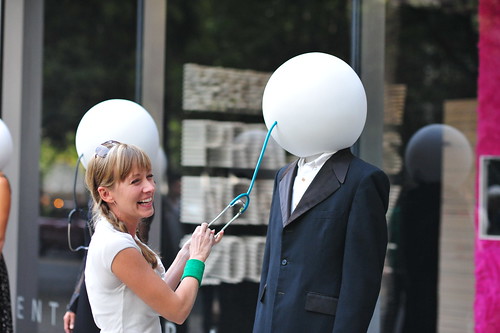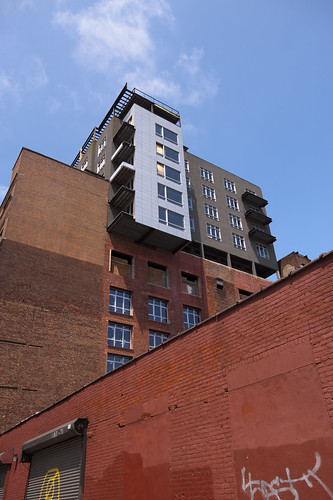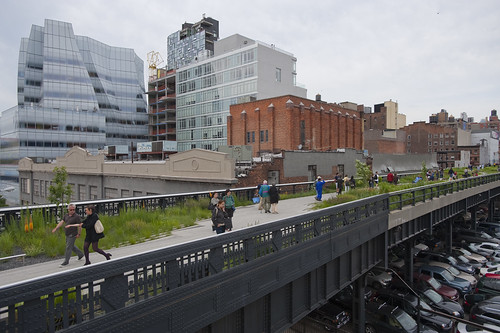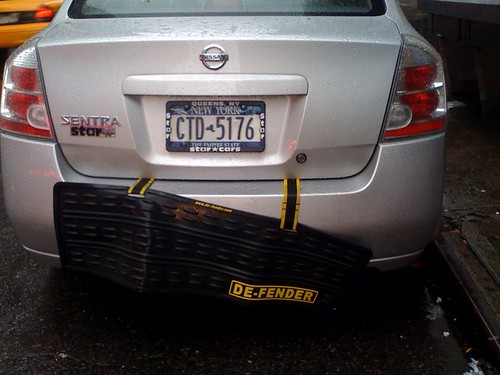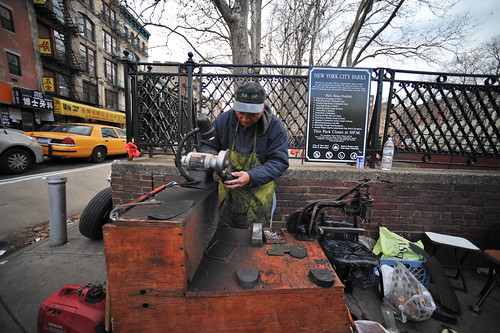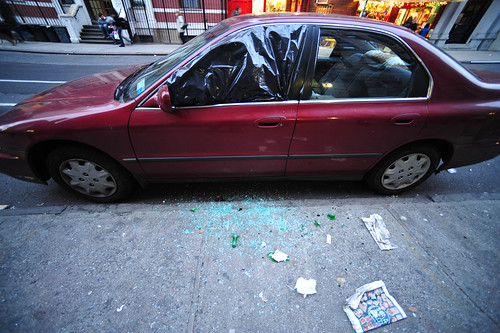Conflux is having their 6th annual Conflux Festival! The deadline for submissions is soon — August 15th. At last year’s Conflux we brought our “Drift Deck” technology and had a swell time! Several years back, we did WiFiKu — we walked the streets of New York City neighborhoods and digitally scanning for the names of WiFi “Hot Spots” (Hot Spots…how quaint) and constructed a visual map containing Haiku from these found names. That was back when wireless networks were not as quotidian as they are today and we were all trying to make sense of this new puff of network leaking out into the streets. This year — who knows?
CONFLUX FESTIVAL 2009
CONFLUXCITY CALL FOR PROPOSALS
http://confluxfestival.org/
Conflux, the art and technology festival for the creative exploration of urban public space, is pleased to announce the 6th annual Conflux Festival will take place from September 17-20, 2009 and will be hosted by New York University.
In keeping with its commitment to urban artistic exploration, community participation, shared knowledge, and critical civic engagement, Conflux will organize a user-generated open format event on Sunday September 20th, 2009 from 10am-6pm.
Through an open submissions process, ConfluxCity will provide a platform for artists, urban geographers, technologists and others to organize and produce innovative activities dedicated to the examination, celebration and (re)construction of everyday urban life.
Drawing inspiration from Burning Man’s creed of radical self-reliance and BarCamp’s philosophy of openness and participation, ConfluxCity will adopt an open-space approach in which participants will be expected to organize, promote, and host their own activities and events. To facilitate this format, the Conflux Festival headquarters and website will serve as a central communications hub directing festival attendees outward to individual event websites and locations.
To submit a proposal to participate in the festival, please see the submission guidelines at the Conflux Festival website: http://confluxfestival.org/2009/submit-a-project/.
The deadline for submissions is August 15, 2009.
